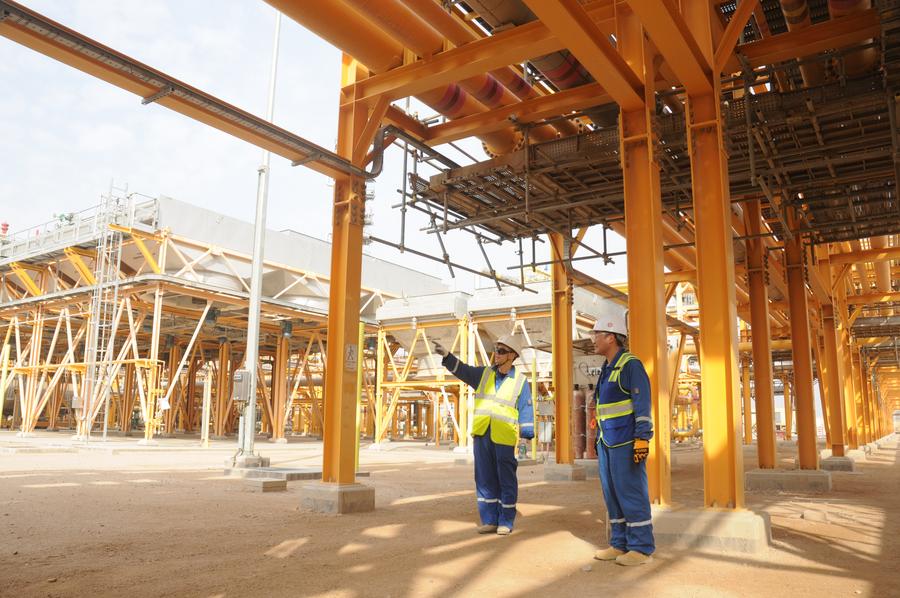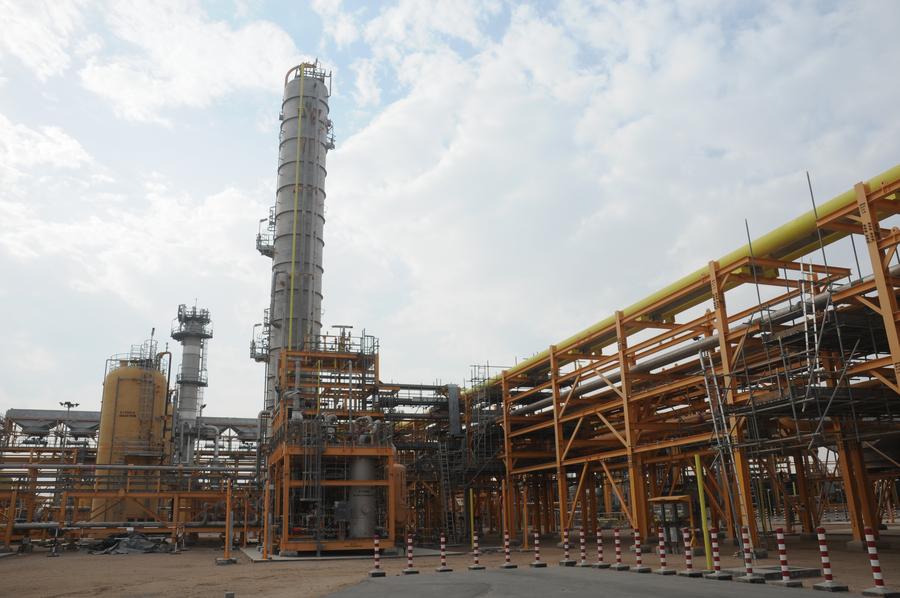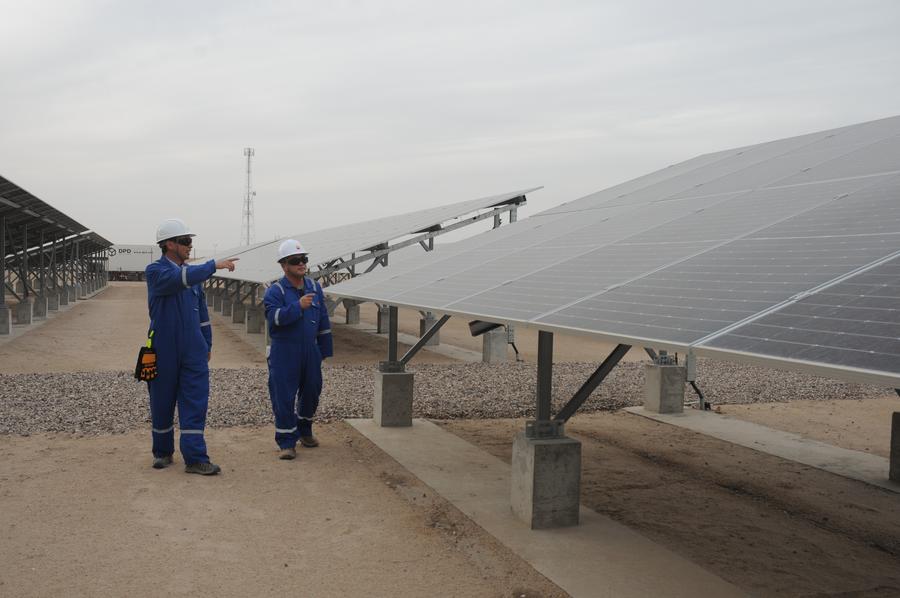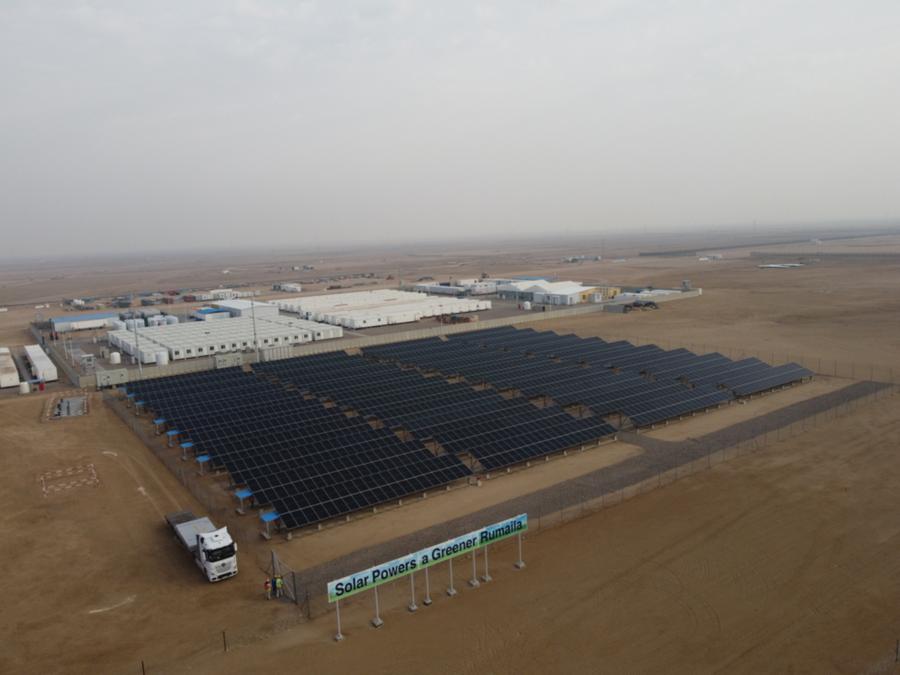
BASRA, Iraq – Once plagued by thick black smoke, Basra’s skyline is now clearing, thanks to innovative environmental initiatives. The city, long affected by gas flaring from oil production, is witnessing a transformation as major projects work to reduce industrial emissions.
One key development is the Basra Natural Gas Liquids (BNGL) facility, designed to capture and process associated gas. Built with advanced technology, this project highlights how modern solutions can balance industrial growth with environmental responsibility.

Every cubic meter of gas we process is one less polluting the skies,” says Sun Baojun, project manager of a facility now generating enough dry gas to power nearby communities. Producing 4.4 million cubic meters of dry gas and 2,600 tonnes of liquefied petroleum gas daily, the project marks a significant environmental shift.
At the al-Rumaila oilfield, outdated flare stacks are being replaced with advanced low-pressure systems, with completion expected by February 2025. Meanwhile, a new one-megawatt solar station will help cut carbon emissions by 1,600 tonnes annually, signaling Iraq’s progress toward renewable energy

Wang Xianghui, Senior Vice President of CPECC’s Middle East Branch, highlights the importance of green development as a key social responsibility for companies advancing the Belt and Road Initiative. He expressed the goal of contributing to the creation of a “Green Silk Road.” For Iraqi officials, these projects represent not only environmental progress but also economic growth, as Oil Minister Hayan Abdul Ghani noted during the BNGL project’s inauguration, emphasizing their impact on improving both livelihoods and air quality.

The World Bank estimates Iraq wastes around 17 billion cubic meters of natural gas each year through flaring, presenting both a significant challenge and opportunity. However, for residents like Hussein, the improvements are felt in small yet meaningful ways, such as breathing cleaner air during a morning commute. This change signifies progress as the city seeks to balance industrial growth with environmental responsibility.
